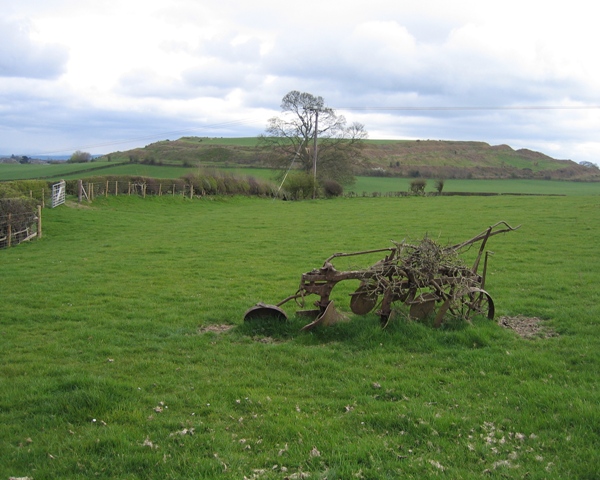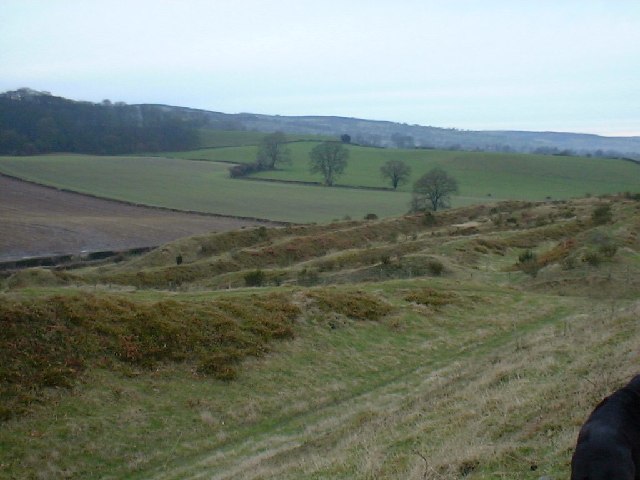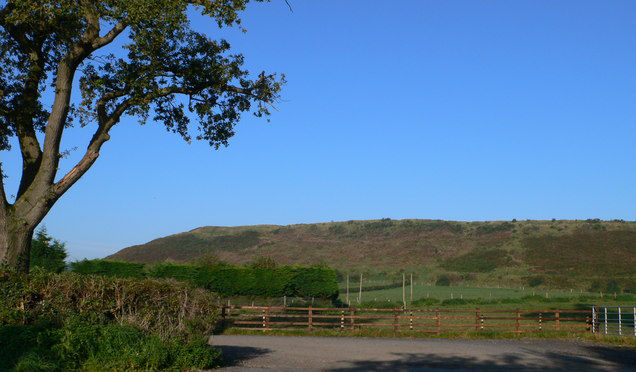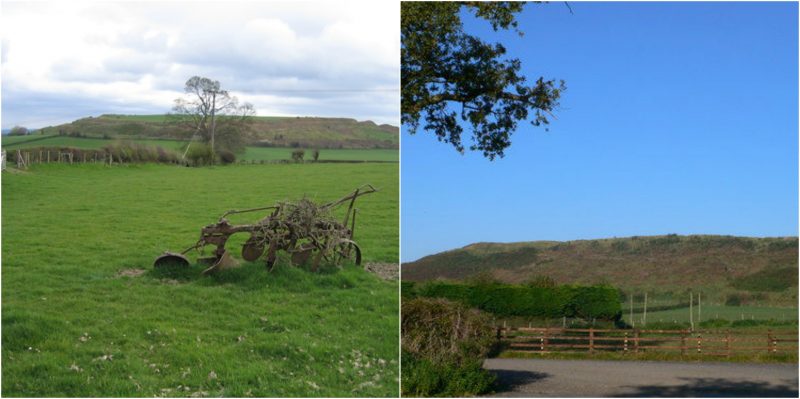18Archaeologists in Shropshire are working hard to fight plans to destroy what they believe is one of the nation’s greatest Iron Age finds. In Old Oswestry Hill Fort, a piece of land is being fought over by historians and local governmental authorities.
On the hill fort lies a 3,000-year-old earthwork that was dubbed the “Stonehenge of the Iron Age”. Historians and archaeologists believe that it is the birthplace of Queen Ganhumara, otherwise known as Guinevere, in the Arthurian legends. The area was a familiar spot for the First World War poet, Wilfred Owen. Owen is thought to have trained in trench fighting in the area before his posting on the western front.
The Shropshire council is intent on putting a housing development on the fringe of the hill fort. However, it’s a scheduled ancient monument in the care of Historic England. The council is citing government targets in order to build the new houses. The land that surrounds the hill has no statutory protection. The inspectorate approved the application to build 117 houses just feet away from the perimeter of the protected hill, despite a petition that was signed by 8,000 local people and a large group of experts.

Senior historians, led by two of Britain’s leading archaeologists, fear that the government is using this whole legal fight to test the National Planning Policy Framework (NPPF), which was developed and introduced in 2012 to speed up developmental schemes like housing, roads, and rail lines. For the first time in the area, well-known historians and archaeologists (who do not normally go in for activists rallies) have joined the movement to prevent the building of these houses. They want locals and other people worldwide to see just how important this site is and why it should remain protected.
The director of the Council for British Archaeology, Mike Heyworth, said that the area is one of the most important monuments and is in the top 10 list of the most important monuments in the country. He added that the hill fort is not sitting there alone, it is among a network of other historical sites and it is part of a whole landscape.

An Emeritus Professor of European archaeology at the University of Oxford, Sir Barry Cunliffe, said that this whole issue makes many people rethink the new laws protecting heritage sites like the hill fort, especially in Old Oswestry. He added that he thinks the building company is blatantly overstepping the boundaries in this matter. Even though they plan on leaving the hill untouched, those houses would still be too close to the monument. He also explained that the hill is perfectly safe and is well looked after by Historic England, but there’s only so much they can do.
The campaigners who are arguing for the houses to be built claim that if the houses are prevented from being built that would contradict the spirit of the 2011 Localism Act. The act is supposed to strengthen local decision-making in matters like planning and protection.
Barry admitted that the whole idea is worth fighting for. However, not all sites will be protected. There wouldn’t be anything to stop developing the land right up to the boundaries on some sites. Protection is just not possible for all areas.

The last time swords had been crossed in that area was at the Battle of Maserfield in 642 AD. There were nobles like Cynddylan who was the descendant of King Arthur. He ruled the Welsh Marches and defeated the army of King Oswald of Northumbria. Oswald was then defeated and dismembered, and his head was mounted on a pole.
Both sides of the house-building argument are so involved that it is not certain how long an agreement will take for the issue to be settled. Heyworth said that the NPPF is a new document, so the government is still trying to work out some of the issues, especially those like planning inquiries. This whole idea is kind of a test case. He added that if the housing plans get signed, then who knows whether or not the building company will keep its promise? If it gets a taste of expansion, that could affect the hill fort.
He explained that some parts of the NPPF are successful while others need some work. If the issues get worked out eventually, then the law will become more successful and harder to fight.
Threats to destroy some of the historical sites have doubled since local authorities have been forced to abide by the government’s new rules. For example, one piece of historical farmland that was grade II listed, from the 17th century, and which was the home of one of Britain’s earliest professional women artists, Mary Beale, is being built over. Many people fought to prevent its being built over, but the inspectorate overruled, and that meant that buildings were built just inches from the protected site.
Sadly, it looks as though the housing developments plan will go through. The company expects over 2,000 homes to be built between the years of 2006 to 2026.
